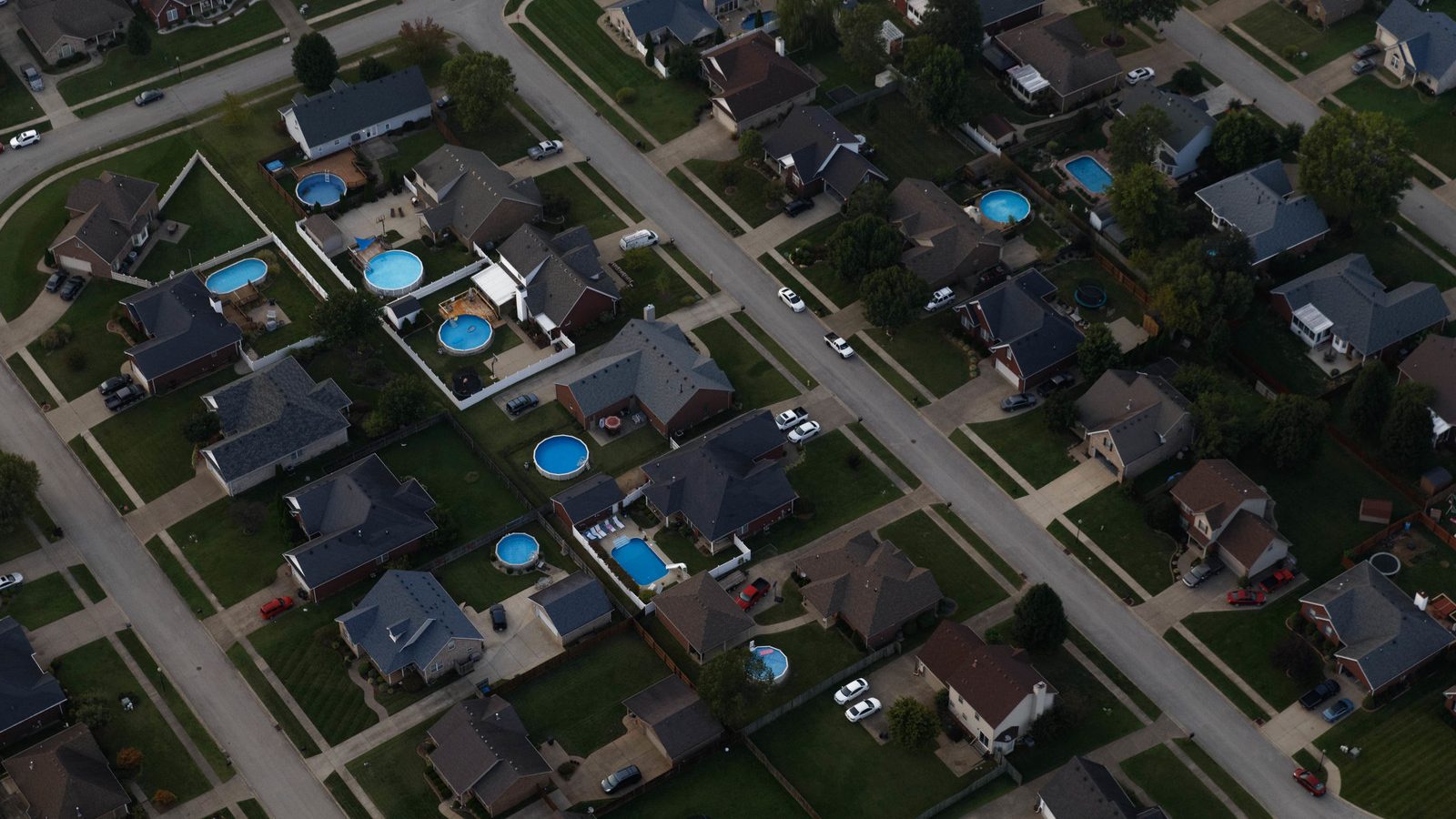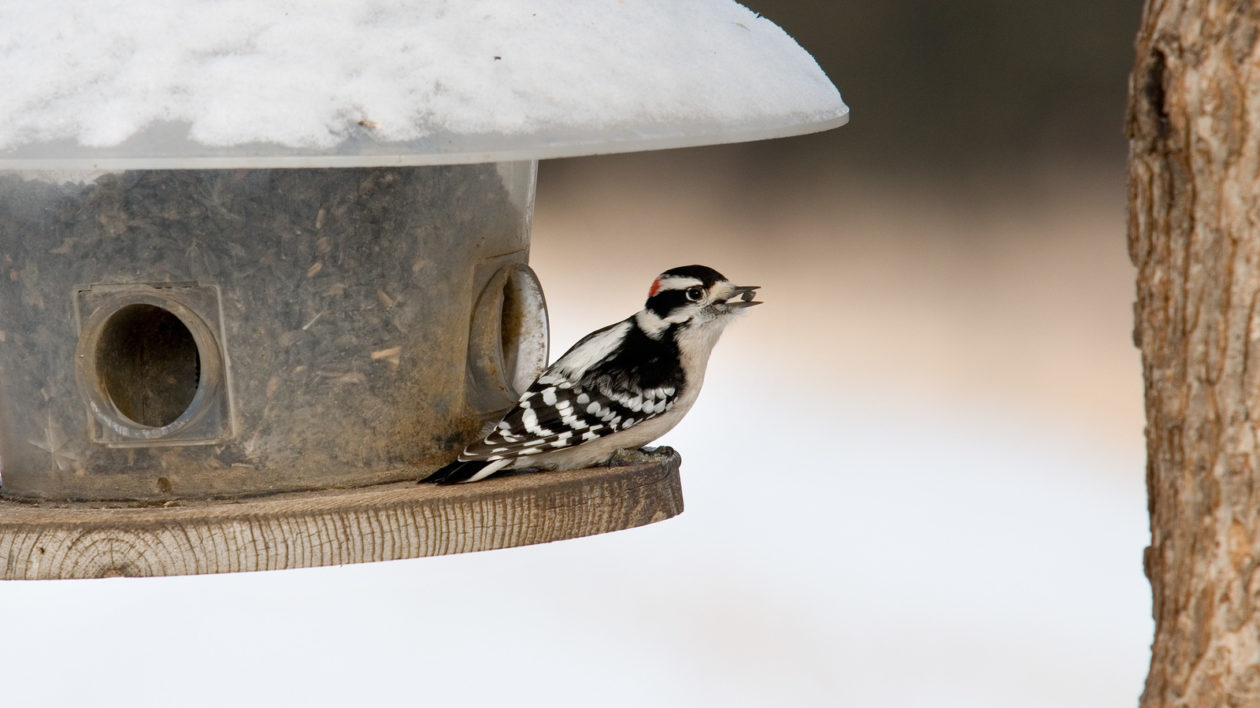Yesterday, I gazed out the window of my home office during a meeting, watching California quail and house sparrows forage beneath native sumac. Suddenly, the bush seemed to explode, with birds flushing in every direction.
A second later, a Cooper’s hawk deftly landed underneath the shrubbery. It began hopping around attempting to snag one of the remaining quail that hunkered down instead of flushing. But the hawk was just a little too late.
Over the years, I’ve noted more frequent sightings of both Cooper’s and sharp-shinned hawks around the neighborhood. You’ve probably noticed the same thing. Across the United States, these two hawk species – both similar looking and in the genus Accipiter – have increasingly colonized urban areas.
A new paper in the Proceedings of the Royal Society B sought to “identify factors that determine the occupancy, colonization and persistence of Accipiter hawks in a major metropolitan area.” In the course of their study, the researchers from the University of Wisconsin-Madison and Cornell Lab of Ornithology found that in the 1990s Accipiter hawks occupied 26 percent of sites around Chicago. After two decades, they occupied close to 67 percent of sites.
It’s a trend reported (often via citizen science) around the country. And a big part of it is the bird feeder in your backyard.
The Return of Raptors
By the mid-20th century, many raptor species, including Cooper’s and sharp-shinned hawks, had declined precipitously. Direct persecution and pesticides had taken a heavy toll. Decades of protection have caused populations to rebound, leading raptors including accipiters to reclaim habitat.
But as the birds spread, they found a new world: one of growing cities. One might initially conclude that predators would not find this new world to their liking, as it was covered in concrete and buildings instead of forests. And that’s certainly true for many wildlife species.

But, as the researchers note in their recent paper, cities present a mix of habitats, including backyards, parks and golf courses with plenty of space. These “novel ecosystems” provide opportunity for cover and also, often, for ample food supplies.
The researchers documented the spread of the two hawk species in Chicago via observation through remote sensing data and Project FeederWatch, a citizen science initiative that has conservationists record sightings throughout the winter.
Initially, the hawks colonized areas outside the city. But they increasingly spread to more and more urbanized areas. The researchers documented usage of areas defined by what they call impervious features: roads, buildings, sidewalks. The more impervious the area, generally, the less “green” habitat.
Initially, hawks avoided these highly developed zones. But eventually, as long as there was sufficient prey, they colonized even the downtown. Over the past two years, hawks went from the city fringes to occupying much of the metropolitan area.
The researchers hypothesized that reforestation would play a role in hawk recolonization. But it didn’t. In fact, wintering hawks preferred areas with fewer trees, perhaps to better hunt prey.

The Hawk at the Feeder
Bird feeding is a hugely popular urban pastime. More than 40 percent of U.S. households feed their backyard birds.
That creates an abundance of birds, concentrated in specific, predictable areas. A predator’s bonanza.
The researchers found that the predator’s persistence in urban areas was most influenced by abundant prey. Based on citizen science and other research across the country, hawks have taken advantage of the bounty of bird feeders across the country.
Cities are rapidly changing. The novel ecosystems they create are also highly dynamic and, often, poorly understood. Songbirds, like northern cardinals, may even expand their range due to feeders. Then predators recolonize, shifting species behavior and abundance.

The researchers cite studies in England that show the recolonization of Eurasian sparrowhawks in cities caused a dramatic decline in house sparrows as well as other species commonly found at bird feeders. The sparrows had exploded in population due to the free food sources and lack of predators. When the predators returned, it caused an immediate shift in the urban ecosystem. It’s not so different, really, than what happened when wolves were reintroduced to Yellowstone and found a park with an over-population of elk.
The researchers note that similar shifts in prey abundance might be expected in Chicago and other cities. Some studies have found that urban hawks are feeding heavily on European starlings, house sparrows and pigeons – all non-native species – so they could actually reduce competition for native songbirds.
Do bird feeders change migration patterns? At least one study found that sharp-shinned hawks on the East Coast were less likely to migrate due to the abundance of bird feeders.
Research into Urban Ecosystems is Vital for the Future of Conservation
Clearly, research into urban ecosystems is vital for the future of conservation. Understanding how species interact, and how species use new habitats, can help better design parks and refuges. Perhaps endangered animals that many consider incompatible with cities actually could recolonize urban areas if given a chance. After all, 50 years ago no one considered the Cooper’s hawk to be an urban bird.
And let’s not forget a key factor in helping scientists understand urban wildlife: you. The observations you make at your bird feeder, at the city park and along a greenbelt trail help researchers understand novel ecosystems and their wild inhabitants. While your observations may seem anecdotal, when combined with millions of other observers, they add up to a significant data set.
So, yes, you really are seeing more hawks at your bird feeder. Enjoy the show this winter: the restoration of the predator-prey dynamic to the urban wild.




Join the Discussion